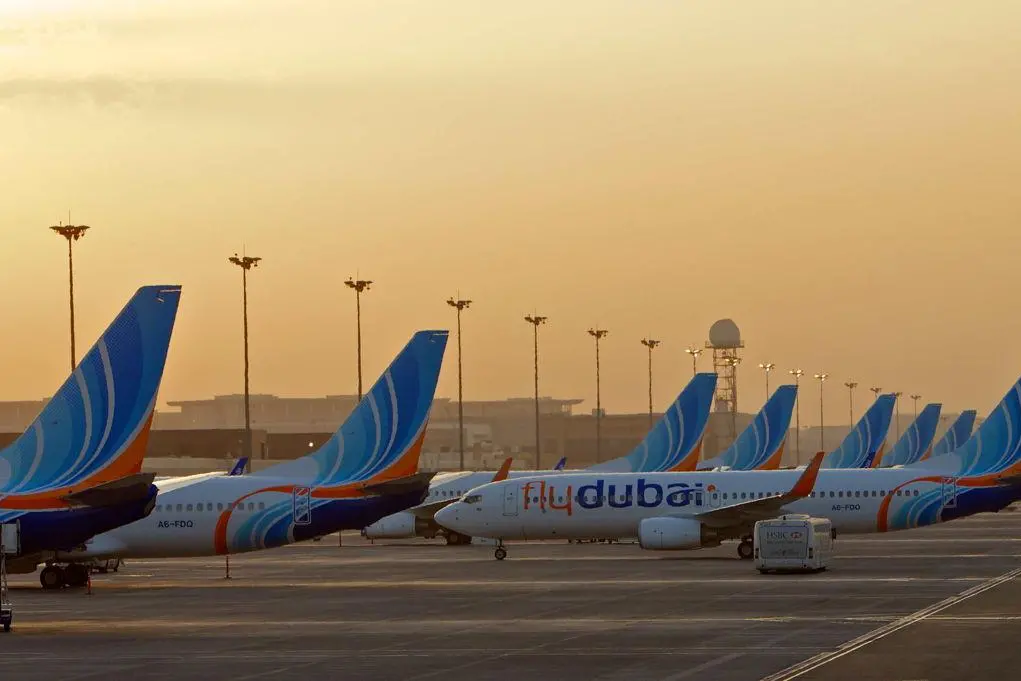PHOTO
Budget carrier flydubai extended its losses during the first-half 2018 due to increase in oil prices, rising interest rates and a stronger dollar.
The airline posted Dh316.8 million loss in first half of 2018 as compared to Dh142.5 million loss for the same period last year, an increase of 122 per cent.
Rising fuel costs have put pressure on operating costs. This is reflected in the accelerated increase in total operating costs with the impact being felt more quickly with a price impact of Dh175 million due to a 35 per cent increase in the average Brent prices, the Dubai-based carrier said in a statement.
The airline said its revenues increased 10.4 per cent to Dh2.8 billion, the airline said.
"We have continued to see a tough trading environment and the half-year results reflect these short-term challenges. We continue, however, to invest in our fleet, network and operations recognising opportunity as we look to the future," said Ghaith Al Ghaith, CEO, flydubai.
Arbind Kumar, SVP for finance at flydubai, said the stronger dollar, rising oil price and higher interest rates are expected to continue to impact "our performance and we will need to maintain a tight grip" on the deployment of our capacity.
"The benefits of our investments, aligned to our long-term financial goals, provide a solid foundation for the next phase of development for the airline," he said. "We have seen good growth in our revenue during the first six months of this year. We remain focused on the three priorities we had previously set: to improve our cost performance, broaden our distribution and optimise our network whilst keeping our cost management plan under constant review," he added.
Back into black in H2?
Saj Ahmad, chief analyst at London-based Strategic Aero Research, said with oil reaching almost $80 a barrel, it comes as little surprise that the airline posted a loss. However, flydubai's traditional strong second half performance should see the airline recover this and get back into the black.
"With the massive investment in 225 New Boeing 737 Maxs, the airline's financial strength remains healthy. Key to getting back into profit later in the year will be the continued push towards further integration and connectivity benefits with its partnership with Emirates. Key flights moving to Terminal 3 will cut connection times and provide more efficient operations," Ahmad said.
Ghaith Al Ghaith said although higher oil prices will continue to affect operating costs and performance in the second half, pricing stability at the current level is also likely to stimulate demand for regional travel. "Since the start of the codeshare, significant time and resources have been spent on the network alignment. Coupled with the investments we have made we are well placed to contribute to an increase in connectivity of Dubai's aviation hub as we see our new route structure mature," flydubai CEO said.
According to flydubai's first-half figures, passenger numbers remained steady at 5.4 million during the first six months of the reporting period. It contributed 12.3 per cent of all traffic in Dubai.
During first half, fleet size remained at 61 aircraft. In the second half, flydubai will take delivery of seven new Boeing 737 aircraft including four Boeing 737 Max 8.
With more fuel efficient 737 Max's entering the fleet, Saj Ahmad of Strategic Aero Research said the airline will begin to realise it's benefits sooner rather than later, particularly as it gains from economies of scale across its homogenous fleet.
"It'll take time to fully reap the Max investment, however, every new jet in the fleet will counteract fuel costs while providing flydubai the option to open up new routes to generate new revenue," he said. From December, select flights to 10 destinations will relocate to Terminal 3 at Dubai International.
Copyright © 2018 Khaleej Times. All Rights Reserved. Provided by SyndiGate Media Inc. (Syndigate.info).












